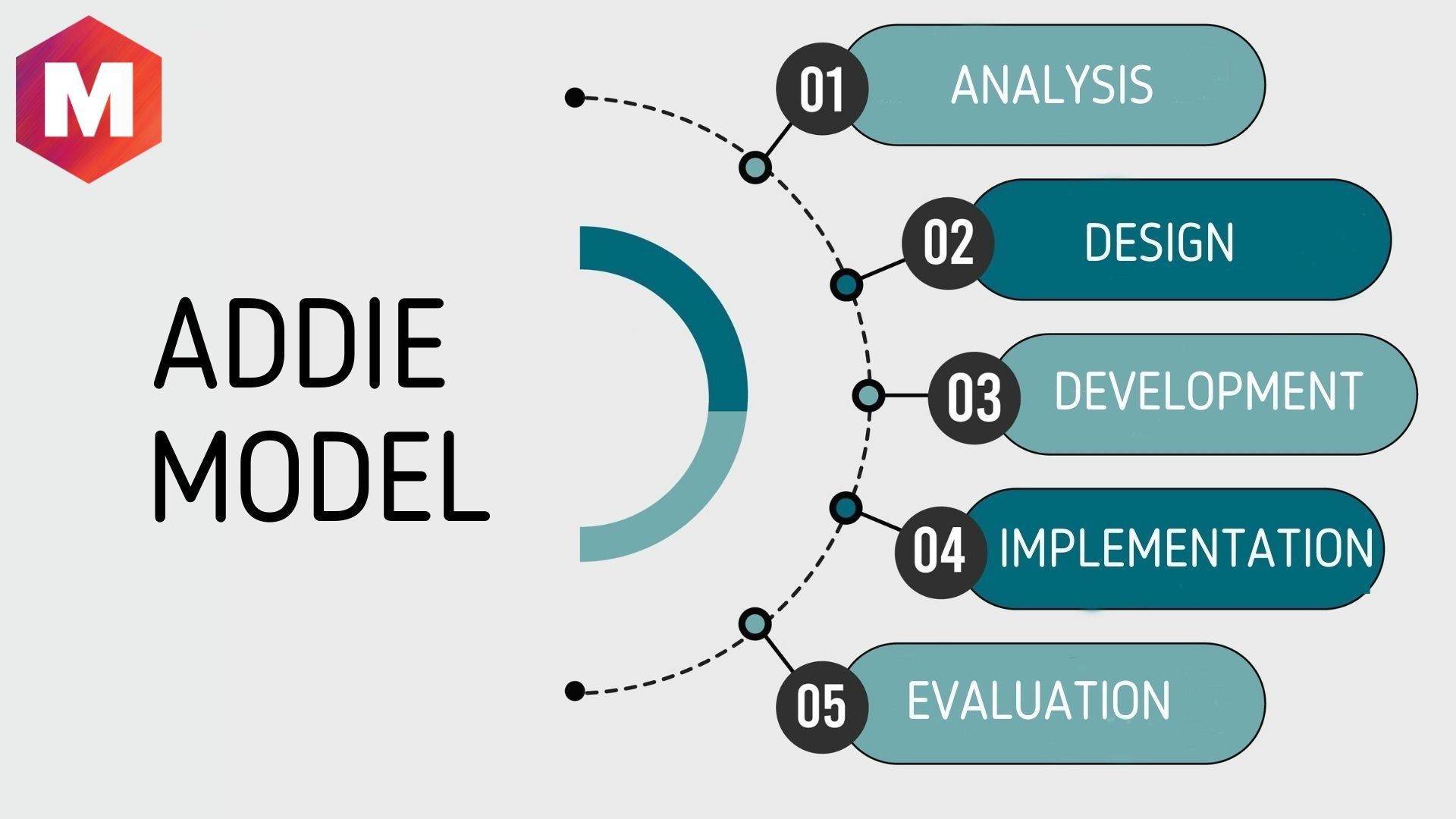Table Of Content

After the analysis phase is done, the next step is to create a high-level course curriculum blueprint. As courses are often modular, it could also be the design of a single module, repeated as many times as needed and sandwiched between an introduction and a final lesson and/or assignment. Perhaps you will see the opportunity for a more advanced version of the same training, building on existing knowledge. The output of the analysis phase is a needs assessment to feed into the design phase.
Skills matrix template
ADDIE design is a systematic method for putting various teaching tools in place to create an overall approach to individual lessons and subject matter as a whole. In the ADDIE model design phase, you will begin to define concrete components of the training plan you will develop. The implementation phase develops procedures for training facilitators and learners. Training facilitators cover the course curriculum, learning outcomes, method of delivery, and testing procedures. Preparation for learners includes training them on new tools (software or hardware) and student registration. The term “ADDIE” represents a five-phase instructional design framework, encompassing Analysis, Design, Development, Implementation, and Evaluation.
Systematic approach
By understanding these elements, designers can create targeted and effective instructional materials. With the integration of AI tools, the Analysis phase undergoes significant changes, making the process more efficient and data-driven. The ultimate goal of the Development phase is to produce finalized learning materials. These materials undergo rigorous evaluation and refinement to ensure they align with the established learning objectives and instructional design principles. This active and collaborative approach sets the stage for the finalization of materials ready for implementation in the next phases of the ADDIE model. As you can probably see from the layout of the ADDIE model, the pivotal idea behind instructional design is making the process more accessible by providing exact steps to follow in creating training materials.
Design phase
Training Design and Delivery Certificate - ATD
Training Design and Delivery Certificate.
Posted: Sun, 29 Jul 2018 09:15:14 GMT [source]
In this phase, instructors distinguish between what the students already know and what they should know after completing the course. In this phase, you also select an appropriate evaluation method will be from a learning design standpoint. Based on Kirkpatrick’s model, effectiveness can be measured on different levels. If you’re developing a course curriculum, training developers, or seeking to become a learning organization, it’s vital to reach for a strategic approach. The design (or lesson planning) phase is when you start creating an outline of what you are teaching.

Addie Training plan example for entrepreneur audience
It’s equally important to decide where it will be hosted and what software and tools you will need (e.g., video conferencing software like Zoom, vendor’s platform, or an LMS). In the ADDIE model, each step has an outcome that feeds into the subsequent step.
It proceeds to deliver these materials to the audience (Implementation) and concludes with assessing the program’s effectiveness (Evaluation). For instance, if one of your instructional objectives was to teach the use of a specific program, you can now use specific assessments to see whether that was effectively taught. If so, and your objectives were met, then your training materials in this instance were successful.
The bulk of the development phase centers around the training course production in the selected eLearning authoring tools. ADDIE’s original “waterfall” design was linear, with each phase intended to be part of a sequence that informed and shaped the subsequent phase. This instructional design methodology helps to deliver more effective training and instruction, with each phase directly setting up the next. However, while the waterfall approach worked well for designing specific job tasks, the ADDIE framework was a little too static to apply for all situations. ADDIE training is a learning development model for Analysis, Design, Development, Implementation, and Evaluation.
During this formative evaluation, you’ll review each phase to make necessary adjustments and better inform the following step, and inform improvements for the overall process. You’ll need to conduct a formative evaluation throughout the course, assisting the instructor in examining and recording what is and isn’t working and making appropriate adjustments. Once you’ve settled on the design, consult with the stakeholders for feedback. When you’ve incorporated the feedback and received a final sign-off from the stakeholders, you’ll move on to develop your instructional design. The ADDIE model is a general-purpose approach to instructional design.
The original Bloom’s Taxonomy (1956) illustrated levels of cognitive goals, from simple to complex, in the shape of a pyramid. These verbs will help you write learning objectives that are clearly aligned with the desired learning outcomes. Don't start planning your course until you understand your audience and the training needed. The goal is to ask questions that help you create training with the right audience and learning goal in mind.
The original 1970s model had many more steps, but it was systematized in the 1980s. It’s the most commonly used model today, with some competition from Rapid Prototyping, which is essentially a variation of ADDIE where more short-term iterations are run in quick succession. I then went on to research and write out each paragraph (Develop) and move it to publication, adding some visuals and links (Implementation). If I’m smart about it, I’ll check how the article is doing in a few weeks (Evaluation) and see if I need to make any changes to make it clearer or more engaging. How to set up a virtual event if your physical event is cancelled during the coronavirus outbreak, in seven steps.
A suite of educational technology tools can help you in the process, and for more on this check out our article on the best instructional design tools on the market. It’s often the case that clients are not 100% clear about what they actually need at the very start. And it’s your job, as a learning designer, to patiently draw the information out until there is a shared understanding of the learning objectives for your course.
During this phase, outline how to reach the learning goals determined during the analysis phase and expand the instructional foundation by following instructional design best practices. DevelopmentThe development phase of the ADDIE model is where instructional designers develop the content and learning interactions outlined in the design phase. During this phase, content is written and graphics, audio, and photography are also produced and assembled.

ADDIE model evaluation happens in many ways throughout the course of this model, and not just in the final stage. As we’ve already discussed, formative evaluation happens in every step. This is where you ask questions related to the content you’re developing with the goal of ensuring that it is meeting your objectives and building successfully on previous steps. The ADDIE model of instructional design was one of the first instructional design models developed and quickly became a gold standard.
While these are capable tools that provide a defree of efficincy, greater gains can be achieved by leveraging AI during the development process. AI-powered eLearning authoring tools can streamline this process and enhance the quality and personalization of learning materials. The ADDIE model design phase includes figuring out exactly what materials you will use to transmit the learning materials, how you will design them, and even what they will look like. Only by thinking through these issues can training developers actually come up with the correct materials for the job. When applied correctly, the ADDIE model can be used in learning and development initiatives across industries and disciplines to improve individual and group learning and meet learning objectives. “Technology is always evolving, and as a result, the tools we use to create learning content are constantly changing too.
The ADDIE model offers clear and well-defined guidelines for every phase of instructional design. This clarity gives structured guidance for instructional designers, educators, and stakeholders through the entire process. With distinct stages and objectives, the model facilitates an efficient approach to creating effective learning experiences. By incorporating AI tools into the Design phase, instructional designers can create more personalized, adaptive, and data-driven learning experiences. The use of AI-generated insights and recommendations allows for more informed decision-making.

No comments:
Post a Comment